
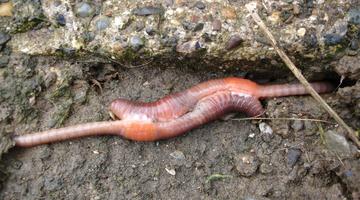
Earthworms are of interest to most children, are easily accessible and are an animal species easily kept in the classroom for short periods of time. This makes them ideal subjects for exploring ...
READ MORE

School science is engaging when it makes connections to students’ everyday lives (Osborne & Collins, 2001) and when they have an opportunity to experience physical phenomena first-hand – the ...
READ MORE
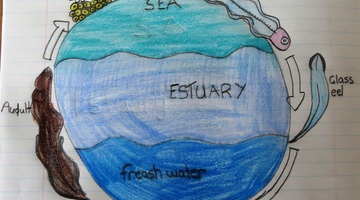
It is necessary for teachers to adapt activities that are externally sourced and created by others to optimise their students’ opportunities for learning science. Activities are productive when ...
READ MORE
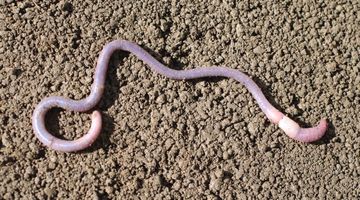
Octochaetus multiporus is a deep-burrowing earthworm native to New Zealand. It grows up to 30 cm in length and emits bioluminescent fluid when disturbed. Scientific classification Kingdom ...
READ MORE
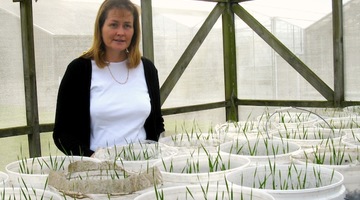
Scientists conduct investigations for all kinds of reasons. They may want to explore new ideas, gather evidence or prove or disprove previous results. Although scientists must follow certain ...
READ MORE

Position: Senior research associate, AgResearch (unitl 2016) Field: Soil ecology Ross Gray is a senior research associate with AgResearch. He is based at the Grasslands Research Centre in ...
READ MORE
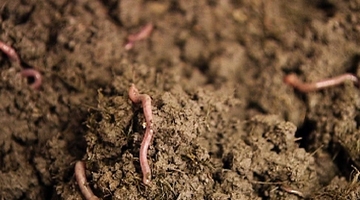
In this activity, students use observation to explore earthworm anatomy and the nature of science. By the end of this activity, students should be able to: identify various physical ...
READ MORE

In this activity, students use a three-level reading guide to locate information about the role of observation in science from the text of an article. They interpret what the text means and then ...
READ MORE

In this activity, students consider some of the ethical issues involved with keeping earthworms (and other animals) captive in a classroom setting. By the end of this activity, students should be ...
READ MORE
Although earthworms are classified as animals, their bodies are quite different to animals that live above the ground. This video highlights some of the interesting physical characteristics ...
READ MORE
New Zealand has over 200 known species of earthworms. Most of these are natives and are found nowhere else in the world. Many of our native earthworms live in remote forest habitats so we don’t ...
READ MORE
Our native forests – ngahere – have complex ecosystems. These ecosystems are under threat from introduced wasp species. In this episode of Project Mātauranga, Associate Professor Jacqueline Beggs ...
READ MORE
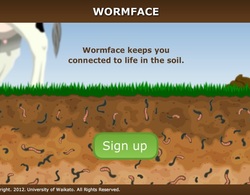
After students have researched an earthworm of their choice they can use this interactive to complete a Wormface profile for their earthworm. You will need the Adobe Flash Player to view this.
READ MORE
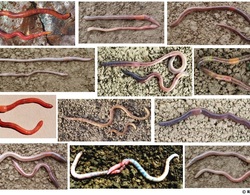
Learn more about introduced and native earthworms in Aotearoa New Zealand. Use the Slideshow menu for further options, including view full screen, and go here for the download option.
READ MORE

The earthworm’s body is well adapted for life in the soil. Click on the labels to see images and learn more. Select the green button to see what’s on the inside of an earthworm. Go here to view ...
READ MORE